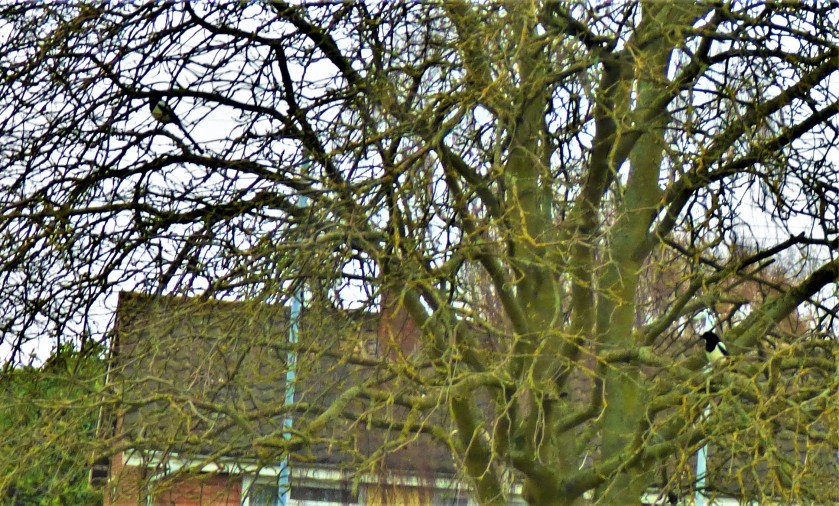INTRODUCTION
Welcome to the continuation of my series of all time XIs. Today we look at the county that is chiefly responsible for the England and Wales Cricket Board (ECB for short) being so named, Glamorgan.
GLAMORGAN ALL TIME XI
- Hugh Morris – a left hander who was consistently to be found among the leading run scorers of the season in the first part of the 1990s. In common with many whose prime years were then he was shockingly handled by the England selectors.
- Alan Jones – the scorer of more first class runs than anyone else who never got to play test cricket (he did play for England against the Rest of the World in the series that was organized to replace the South African visit of 1970 when that was cancelled, but those games were not deemed to be test matches).
- Emrys Davis – a left hander who often opened the innings and was a very consistent scorer of runs in his day, including being a major contributor to Glamorgan’s first ever county championship in 1948. He holds the record for the highest second innings score in English first class cricket, 287 not out (the overall record belongs, like so many batting records, to Donald Bradman who scored 452 not out in NSWs second innings tally of 760-8 declared versus Queensland in 1929-30). He was also capable of bowling left arm spin – 903 first class wickets at 29.30.
- Matthew Maynard – a stroke playing middle order batter whose prime years coincided with a period when the England team was abysmally mismanaged.
- Tony Cottey – a diminutive but aggressively inclined middle order batter who tended to come up trumps when it was most needed. That the England selectors never came calling for him was a major oversight on their part – 1990s England middle orders were not known for their solidity or resilience and it seems likely that someone of Cottey’s character and talents would have significantly improved the situation. For more see this post from my 100 cricketers series.
- *Wilfred Wooller – captain and an all-rounder in at least two and possibly three senses, his middle order batting, medium paced bowling and excellent fielding making him a cricketing all-rounder and the fact that he also played rugby for Wales (in which game he was both a prolific try scorer and a very good kicker, hence the three senses of being an all rounder) making him a sporting allrounder. He captained Glamorgan to the championship in 1948.
- +Haydn Davies – a long serving and very successful wicketkeeper for the county.
- Len Muncer – a highly skilled bowler of both off spin and leg spin, who took his wickets at under 20 a piece and no mug with the bat.
- Don Shepherd – an off spinner who bowled significantly quicker than most of his kind. He holds the record for the most first class wickets taken by anyone who never played test cricket, an unwelcome double first for Glamorgan.
- Simon Jones – a crucial cog in England’s 2005 Ashes winning machine, during which series he recorded the best innings figures by a Welshman in test cricket, in the fourth match at Trent Bridge. A genuinely fast (over 90mph) bowler whose ability to ‘reverse swing’ the ball made him at least as dangerous with an old ball as with a new one. He was also an excellent fielder and had his moments as an attacking lower order batter, notably at Edgbaston in 2005 when his contribution to a last wicket stand with Andrew ‘Freddie’ Flintoff was crucial to the outcome of the match.
- Steve Watkin – an accurate and persistent medium-fast bowler who was as consistently at or near the top of the seasonal wicket takers lists as Hugh Morris was the run scoring lists and who got pretty much equally scant recognition from the England selectors.
This side has a strong front five, an all-rounder at six, a quality keeper and four high quality bowlers of different types. The presence of Watkin and Wooller to bowl their varieties of medium and also the two spinners Muncer and Shepherd plus Emrys Davies’ SLA if needed means that Simon Jones, the X factor bowler could be used in short bursts operating always at top speed.
THE WICKETKEEPER AND SPINNERS
This subsection deals with a couple of areas that caused difficulty. There were several keepers who would merit attention: Eifion Jones, Colin Metson (he was closest other than Davies to getting the nod) and Mark Wallace being the three most obvious.
The situation with the spinners/ support bowlers is that there were quite a few contender. First, some would look at the fact that Robert Croft was a fairly regular pick for England, and that one part of the 1997 county championship triumph, Glamorgan’s third and to date last, was the success enjoyed by Croft and Dean Cosker. Johnnie Clay, Muncer’s older contemporary (they combined effectively to help their side win the 1948 Championship, by when Clay, who had taken part in Glamorgan’s inaugural first class season of 1921, was 50 years old) was another who had to be considered. I also considered Malcolm Nash, who in spite of once being walloped for six sixes in an over by Garfield Sobers was a successful purveyor of left arm medium pace and spin over the years. Croft and Cosker, playing in the 1990s and 2000s took their wickets at 35.08 and 36.31 a piece respectively, both quite pricey for guys whose batting would never have got them selected. Nash, playing in the 1950s and 60s, averaged a respectable 25.87, Clay, operating between 1921 and 1948, averaged 19.76 per wicket and Muncer, who played in the 1940s and 1950s averaged 19.90 per wicket, but had the advantage of being able to bowl two kinds of spin, whereas Clay bowled only off spin. I accept that Clay and Muncer would have paid more for their wickets in the 1990s, but I do not believe that they would have paid almost twice as much. Similarly, Croft and Cosker would both have paid less for their wickets in an earlier era, but not by enough to close the chasm that yawns between their figures and those of Clay and Muncer. Hence, having already determined that Shepherd with his huge tally of wickets had to be in the side, it came down to Clay vs Muncer, and Muncer’s more varied bowling stock in trade was the clincher.
PHOTOGRAPHS







